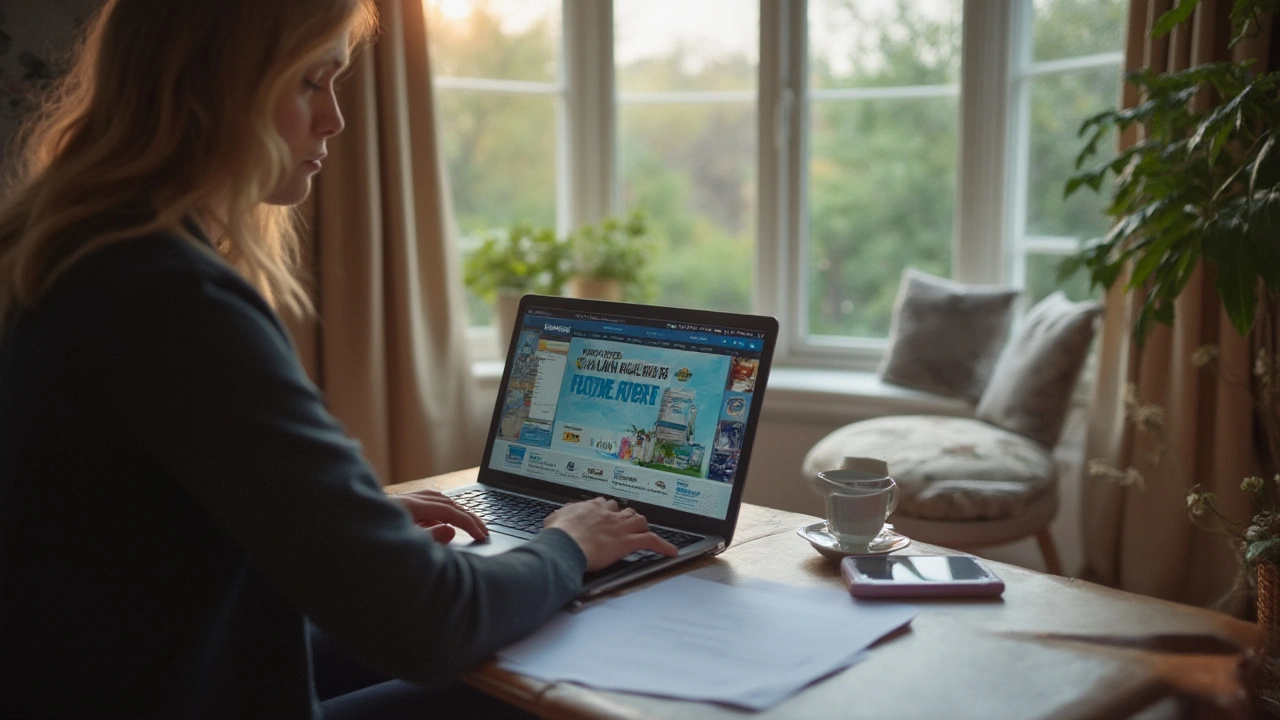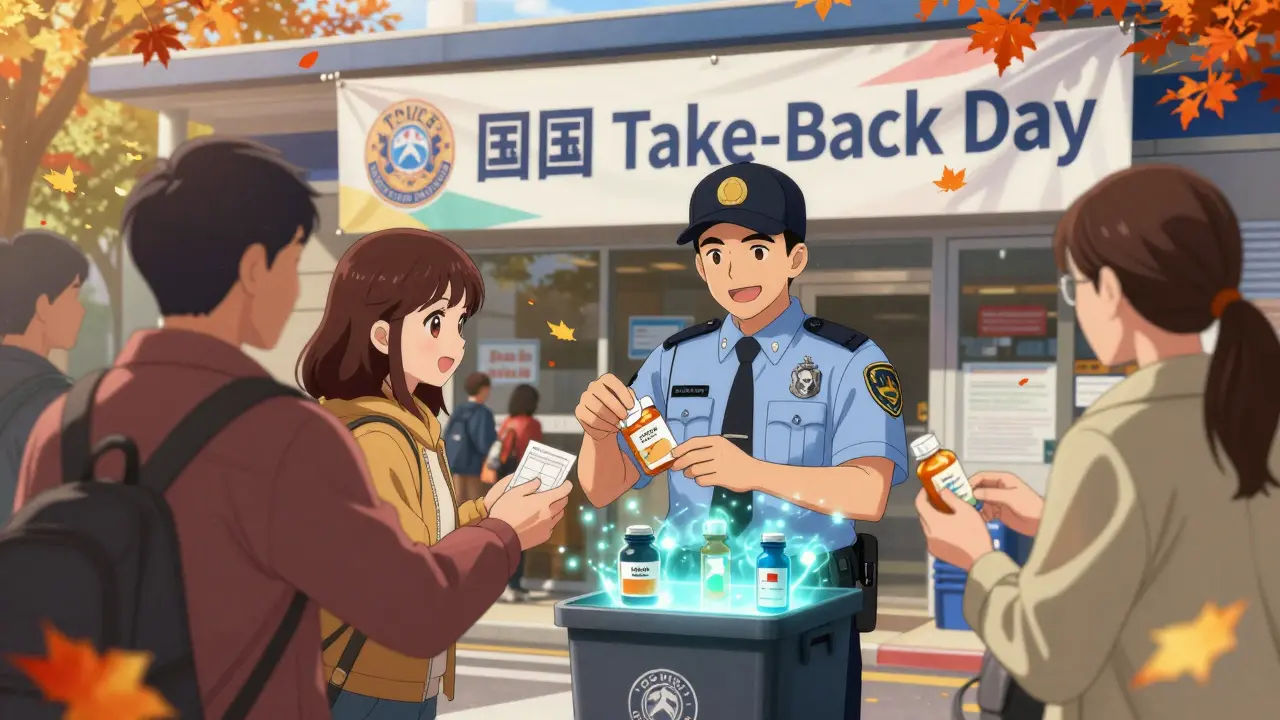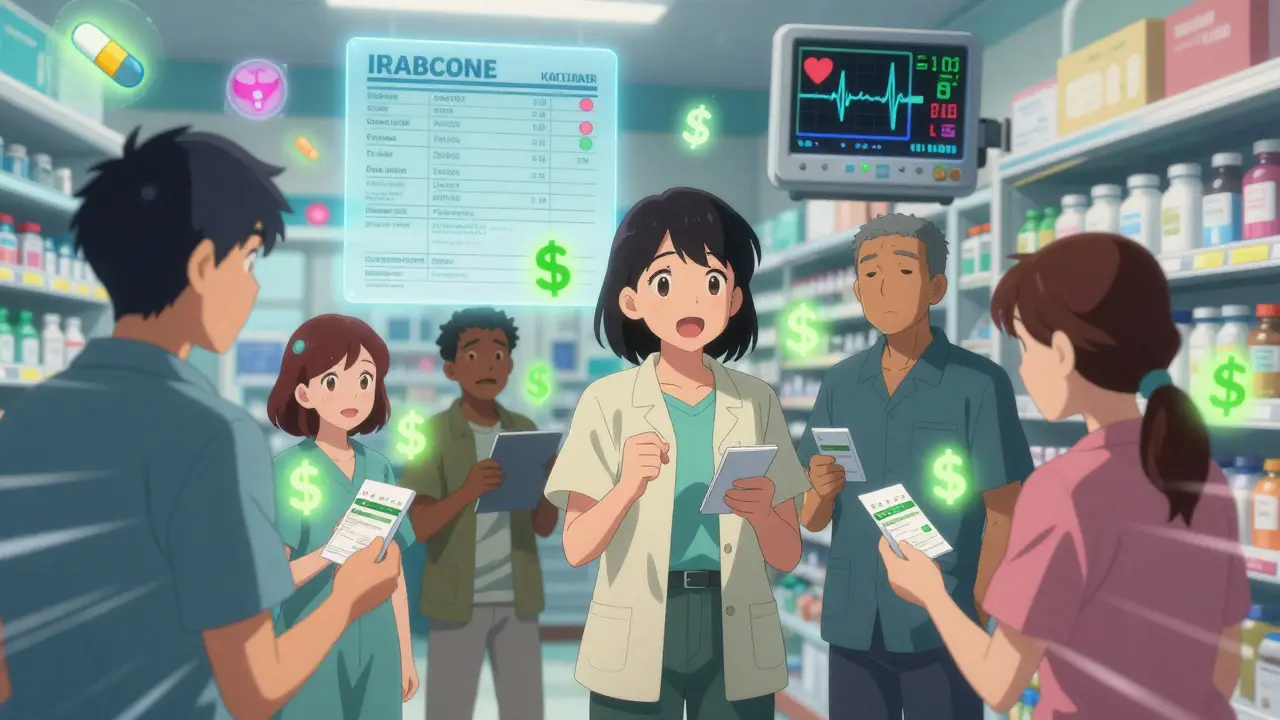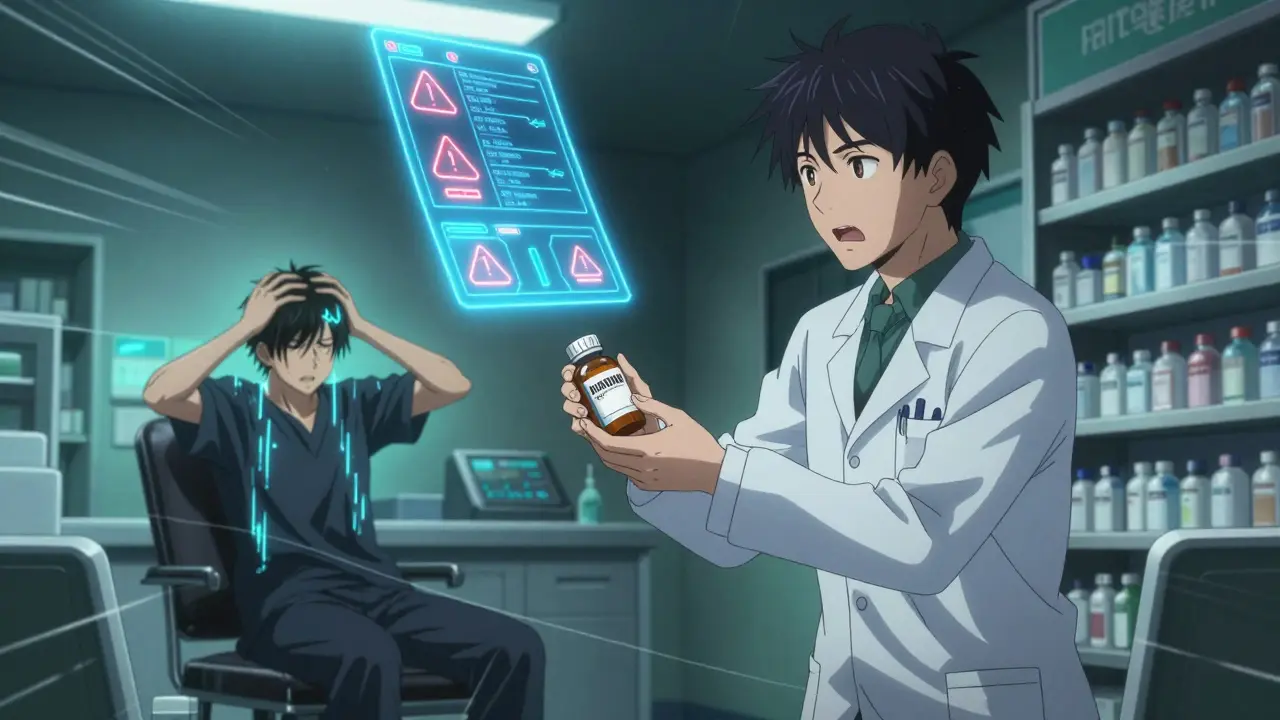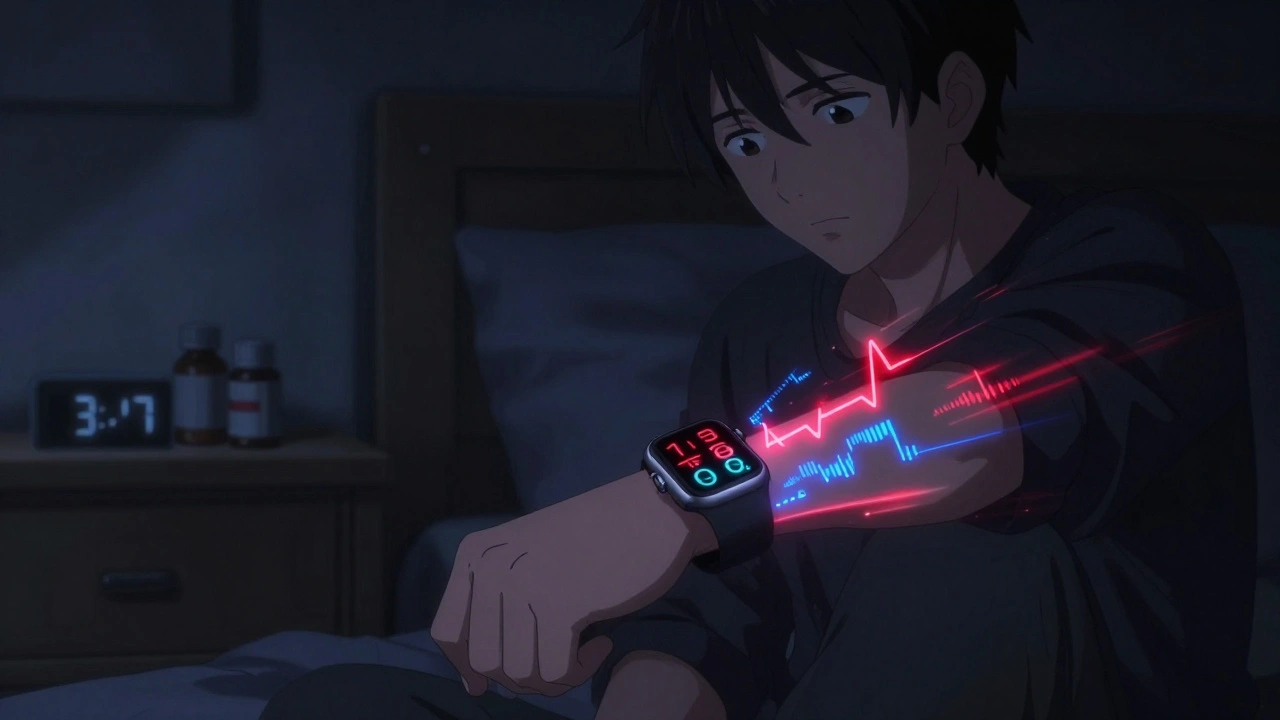Buy medicine online: how to stay safe and save money
Buying medicine online can be fast and cheaper, but it also has risks. If you shop smart, you can avoid fake drugs, scams, and delays. This guide gives clear checks and simple steps so you get the right medicine safely.
How to spot a legit online pharmacy
First, look for a real pharmacy license. Many countries list licensed pharmacies online—search the national regulator and match the address on the site. A secure site has HTTPS and a padlock icon; that protects your payment details. Read customer reviews on independent sites, not just testimonials on the pharmacy page. Be wary if a site offers prescription-only drugs without asking for a prescription.
Check contact details: a working phone number, a physical address, and a pharmacist you can contact. If the price is dramatically lower than big-name pharmacies, pause and compare. Very low prices can mean fake or expired pills. Also look for clear shipping, refund, and privacy policies before you buy.
Practical tips for ordering and receiving meds
Use a credit card or trusted payment service—these give you a chargeback if something goes wrong. Save pharmacy receipts, order numbers, and email confirmations. Order a small quantity first to check packaging and delivery speed. When your package arrives, inspect it: unopened, intact seals, correct drug name, batch number, and expiry date.
If you need a prescription, upload a clear copy or use the pharmacy’s telehealth option. Don’t accept sites that say you can skip a prescription for controlled drugs. Talk with your doctor before switching brands or using a generic—some generics differ slightly in formulation.
Watch for delays and customs rules. International shipments can be held or returned. Know your country’s rules on importing medicines—some items are restricted. If you’re buying sensitive drugs like hormones or injectables, prefer local pharmacies or verified international services that provide tracking and cold-chain shipping when needed.
Compare active ingredients and strength, not just brand names. Many pills from different countries have the same active ingredient but different packaging. Use the drug's generic name to search, and check dosage matches what your doctor prescribed. Keep medicine in original packaging and store as recommended. If a product arrives with different color, smell, or markings than what you expect, stop taking it and consult a pharmacist. Report suspicious pharmacies and counterfeit meds to your national health regulator — this helps others stay safe and may trigger investigations.
Keep a list of batch numbers and photos for any complaints filed.
Keep your doctor and pharmacist in the loop. Tell them what you ordered and show them packaging if you have doubts. They can spot counterfeit pills and advise on safe substitutes. Also ask about side effects and interactions—online sellers won’t replace professional medical advice.
Finally, trust your gut. If something feels off—pushy sales, confusing checkout, or pressure to buy fast—close the site and try a verified alternative. Safe shopping takes a few extra checks but protects your health and your wallet.
247-medstore.com Review: Is This Online Pharmacy Safe and Legit?
A deep dive into 247-medstore.com. Is it a reliable online pharmacy for your medications? Get facts, real-world tips, and learn what to watch for before ordering.

